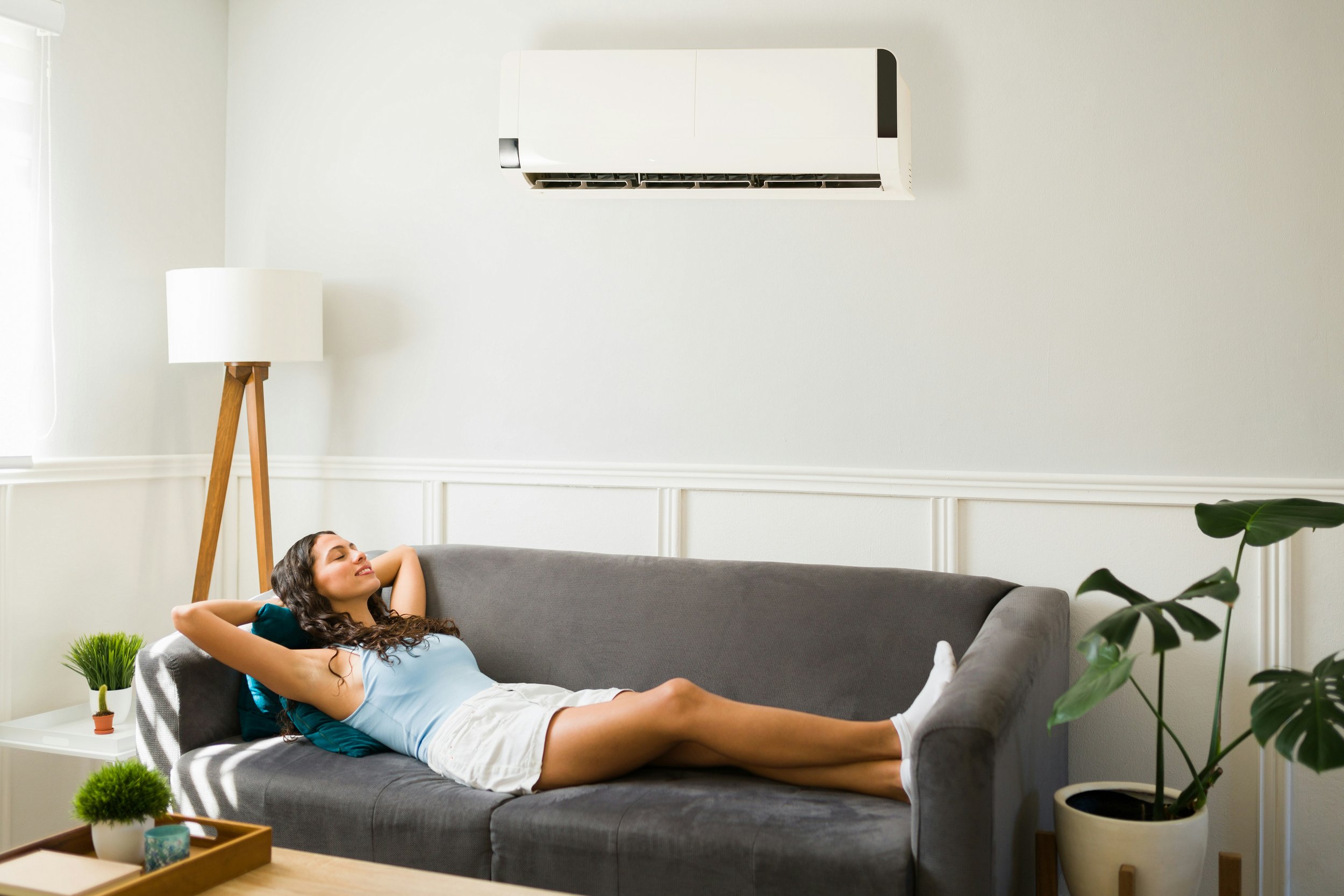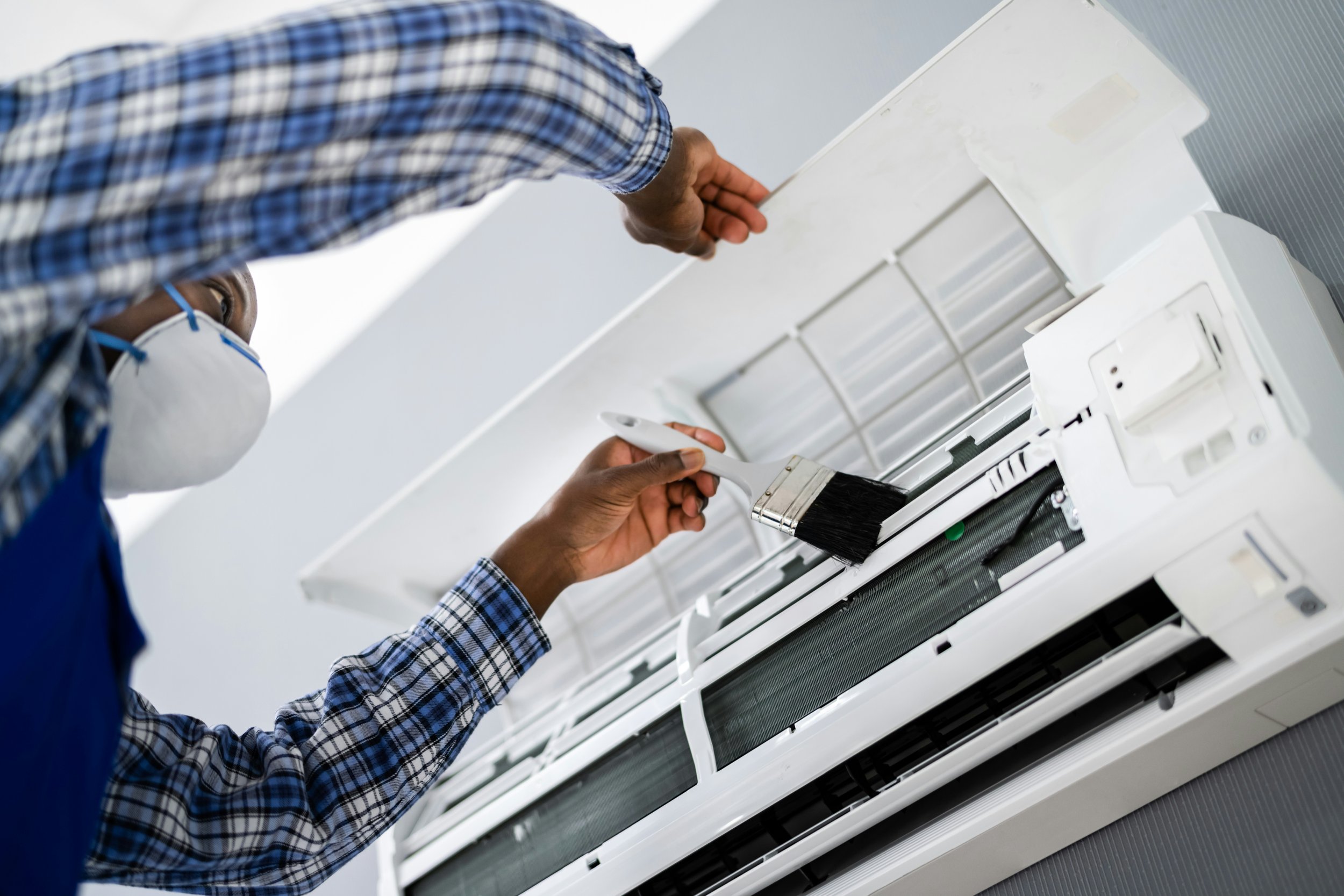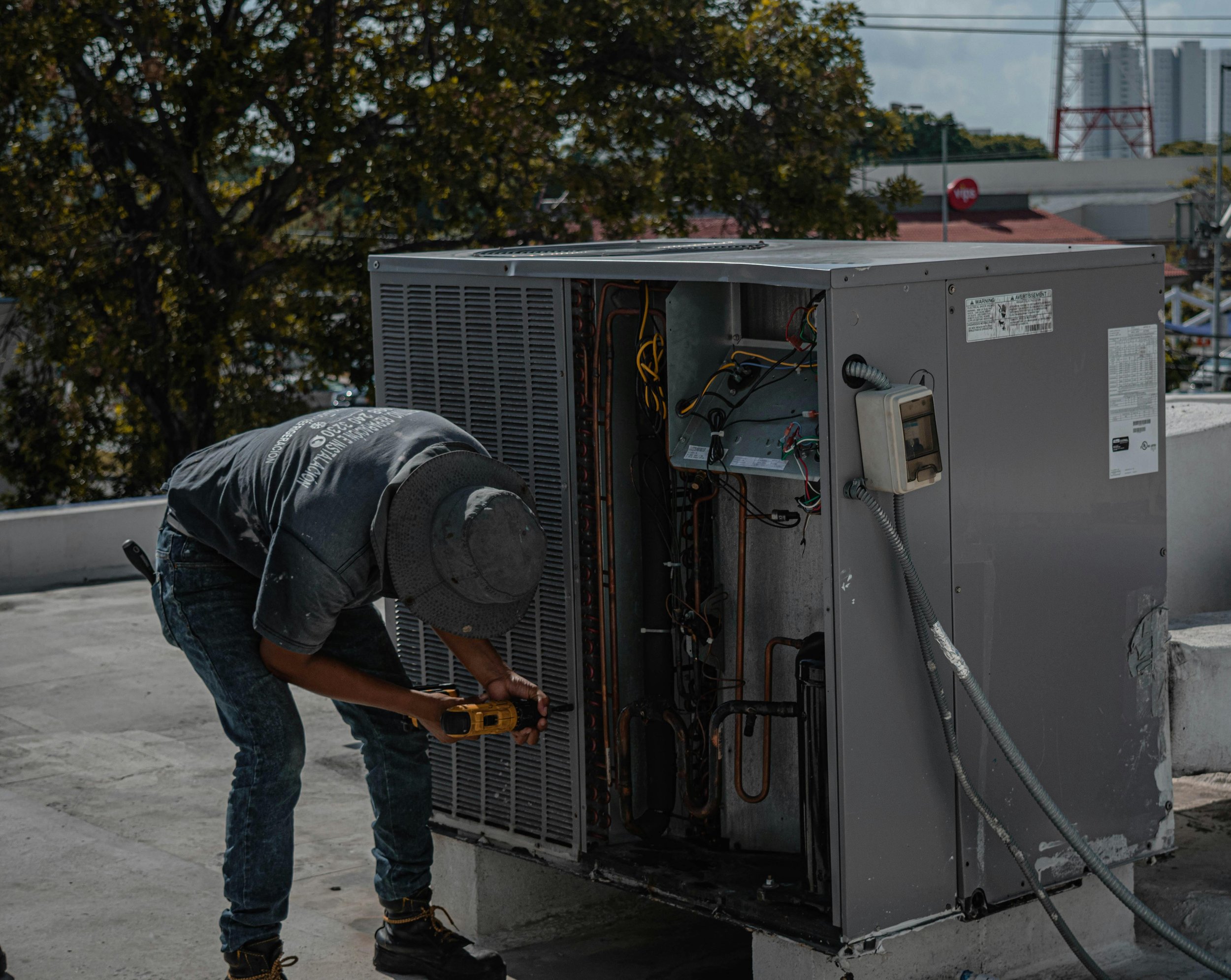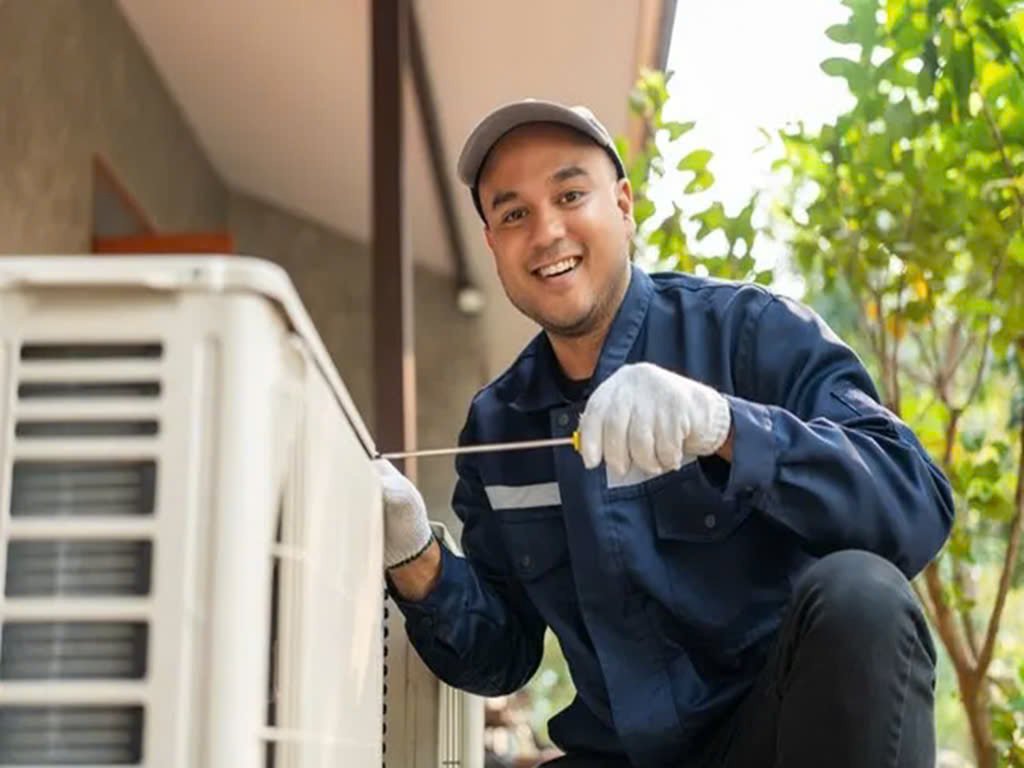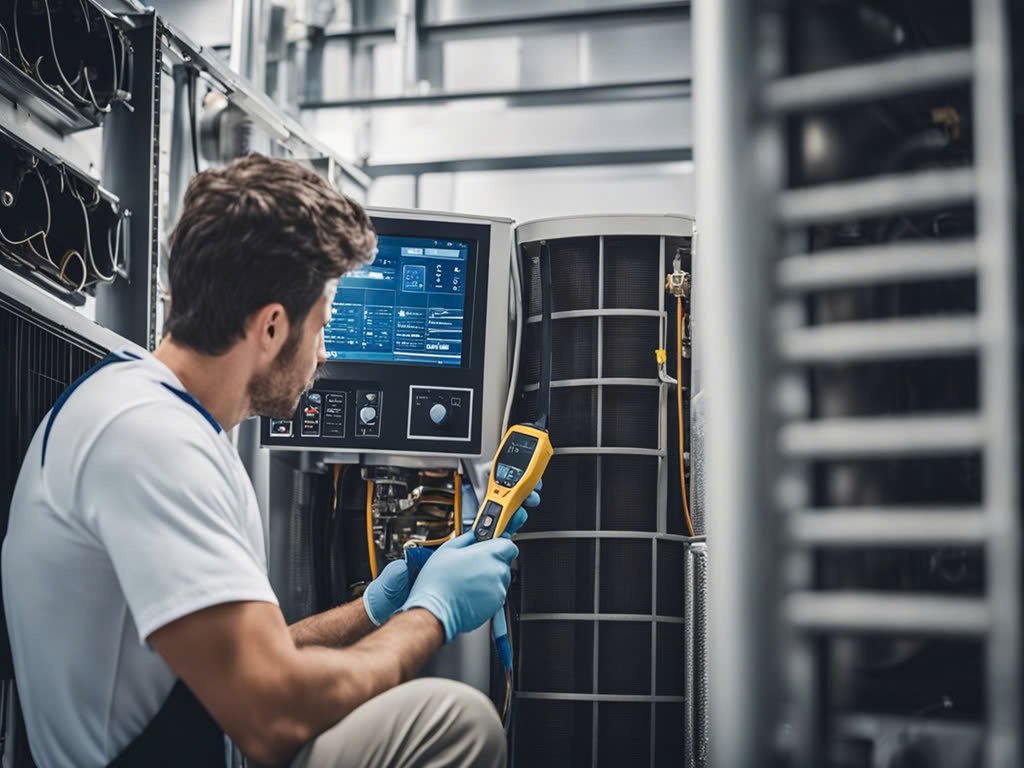Understanding HVAC Error Codes and What They Mean
Decode common HVAC error codes with ease! Learn what they mean and how to address issues to keep your heating and cooling systems running smoothly.
Did you know Springtime is the best time to think about your HVAC maintenance? When your HVAC system encounters a problem, it tries to tell you, requesting you to fix it. These codes, while sometimes frustrating, can provide crucial insight into what’s going on and what needs to be fixed. Furthermore, whether it’s a furnace, an air conditioner, a heat pump, or a mini-split system, these codes vary based on the company.
Understanding how to read and interpret them is essential for quick troubleshooting and learning how to save energy and better take care of your machine systems in the long term. In this article, we’re going to talk about how to interpret them and react to them.
Where to find error codes in HVAC systems
When your HVAC system throws an error, the first step in solving the problem is understanding where to find these error codes and how they present themselves across different systems in case something can easily be fixed, needs to be fixed urgently, or requires a professional to be called out from a company like ACRepair.
Error codes appear directly on furnaces, heat pumps, and air conditioners themselves, typically displayed through LED light patterns on the furnace’s control panel. Each sequence of flashes corresponds to a different issue, so by counting the number of flashes, you can pinpoint the problem. A steady blink followed by a short flash may indicate a problem with the ignition system. Many modern furnaces also have a digital readout, which smart thermostats also relay.
Mini-split systems have indoor and outdoor units and they communicate with each other by way of flashing their lights to maintain proper cooling or heating. When these have an issue, there is a flashing light sequence or digital error code as well.
How to respond to error codes
Once you see an error code, you have to look it up and decipher it. Error codes vary between manufacturers and systems. Nevertheless, they typically follow a numeric or alphanumeric format.
The resources you have to quickly decode them are:
A user manual: this is the first place to look. Your manual will have a section dedicated to error codes.
Online resources: If you’ve misplaced your manual or need a quicker solution, many manufacturers provide error code guides on their websites.
Manufacturer’s mobile app: Some newer HVAC systems sync with mobile apps where error codes are displayed in a more user-friendly format. The app may also suggest solutions to address the issue or direct you to customer service.
The following are common error codes found in brands like Carrier, Trane, Rheem, Lennox, York, or Goodman devices.
Common error codes
Furnaces
Furnace error codes point out issues with heating, airflow, and ignition.
F0 or F1: Flame sensor error
This is a safety feature that ensures the furnace’s burner is lit. If it’s malfunctioning, the furnace won’t ignite.
F2: Limit switch failure
The limit switch is designed to shut the furnace off if it gets too hot. An F2 error can be caused by a clogged air filter or faulty blower.
F3: Ignition failure
This means the furnace is having trouble lighting the burner. This could be due to a defective ignition module, clogged burners, or gas supply issues.
F4: Pressure switch error
The pressure switch checks if the furnace’s venting system is clear. A blockage or malfunctioning switch can cause the furnace to shut down.
F5: Flame loss
If the furnace is losing the flame after ignition, this error code may pop up. It can result from a malfunctioning flame sensor or burner problem.
F6: Gas valve failure
This indicates an issue with the gas valve, possibly a faulty valve or a gas flow problem.
Air conditioners
These pertain to refrigerant, airflow, and compressor functioning.
E1 or E2: Frozen coil
This occurs when the evaporator coil is frozen which can happen if airflow is restricted, often by a dirty filter or coil, which prevents the AC from operating efficiently.
E3: Low refrigerant
If your AC is low on refrigerant, this code will appear. Low refrigerant can cause your AC to blow warm air or fail to cool properly.
E4: High pressure
This signals that the system is experiencing high pressure. It can be caused by a blocked condenser, poor airflow, or a malfunctioning fan.
E5: Compressor failure
The compressor is essential for circulating refrigerant in the AC unit. An E5 error points to a potential issue with the compressor or its electrical components.
E6: Faulty sensor
A faulty sensor can cause the unit to misread the room temperature, leading to inefficient operation.
F1: Communication error
This happens when the AC unit loses communication with the thermostat or control panel. It could be a wiring issue or a communication issue between the devices.
Heat pumps
These devices have the dual function of heating and cooling, and their error codes reflect both modes. These codes typically involve refrigerant issues, defrost cycles, or system malfunctions.
H3: Defrost cycle failure
Heat pumps periodically switch to defrost mode in winter to prevent ice buildup on the outdoor coils. If the defrost cycle fails, this code then appears. It could be a problem with the defrost sensor or the control board.
E4: Reversing valve error
Heat pumps use a reversing valve to switch between heating and cooling modes. If there’s a failure in this valve, you may be shown something like E4.
H6: Thermistor failure
The thermistor monitors the temperature in the system. If it fails, the heat pump will display this code. This could affect the heat pump’s ability to maintain the correct temperature.
E6: Compressor overload
If the compressor is overloaded and cannot function properly, you may see this. It could point to a mechanical failure, a refrigerant issue, or an electrical fault.
F1 or 4400: Outdoor unit malfunction
This can be encountered when there’s a problem with the outdoor unit, such as a motor failure or a fan blockage.
Mini-splits
These also perform heating and cooling in one. Mini-splits are especially sensitive to refrigerant levels and communication between the indoor and outdoor units.
C1: Indoor communication error
This occurs when there’s a breakdown between the indoor and outdoor mini-split units. It often means a wiring or sensor issue.
E1: Low refrigerant
This problem is self-explanatory and the issue would prevent the system from properly heating or cooling.
E2: Sensor
This is common in mini-splits. It could be an issue with the temperature sensor or a wiring problem.
F3: Outdoor unit malfunctioning
This may be encountered if the outdoor unit is malfunctioning or experiencing a mechanical failure.
P1: Drainage problem
Mini-split systems have a drainage mechanism to remove condensate. If the drainage system is blocked or clogged, a code like this may appear to indicate that there’s a water buildup issue.
U4: Defrost mode failure
When the mini-split enters defrost mode (usually in Winter), it may fail to properly defrost the outdoor coil.
Courses of action
After interpreting the code, depending on the issue telegraphed to you, there are several steps to take.
Restart the system
Check the filters
Inspect the vents and ducts
Check the thermostat
Call a professional if you encounter very complex error codes, as this may be suggestive of a more serious problem. Definitely don’t try to resolve electrical problems as this will pose a hazard to you. If you have a problem involving gas leaks or carbon monoxide, call a professional in for emergency servicing right away.



